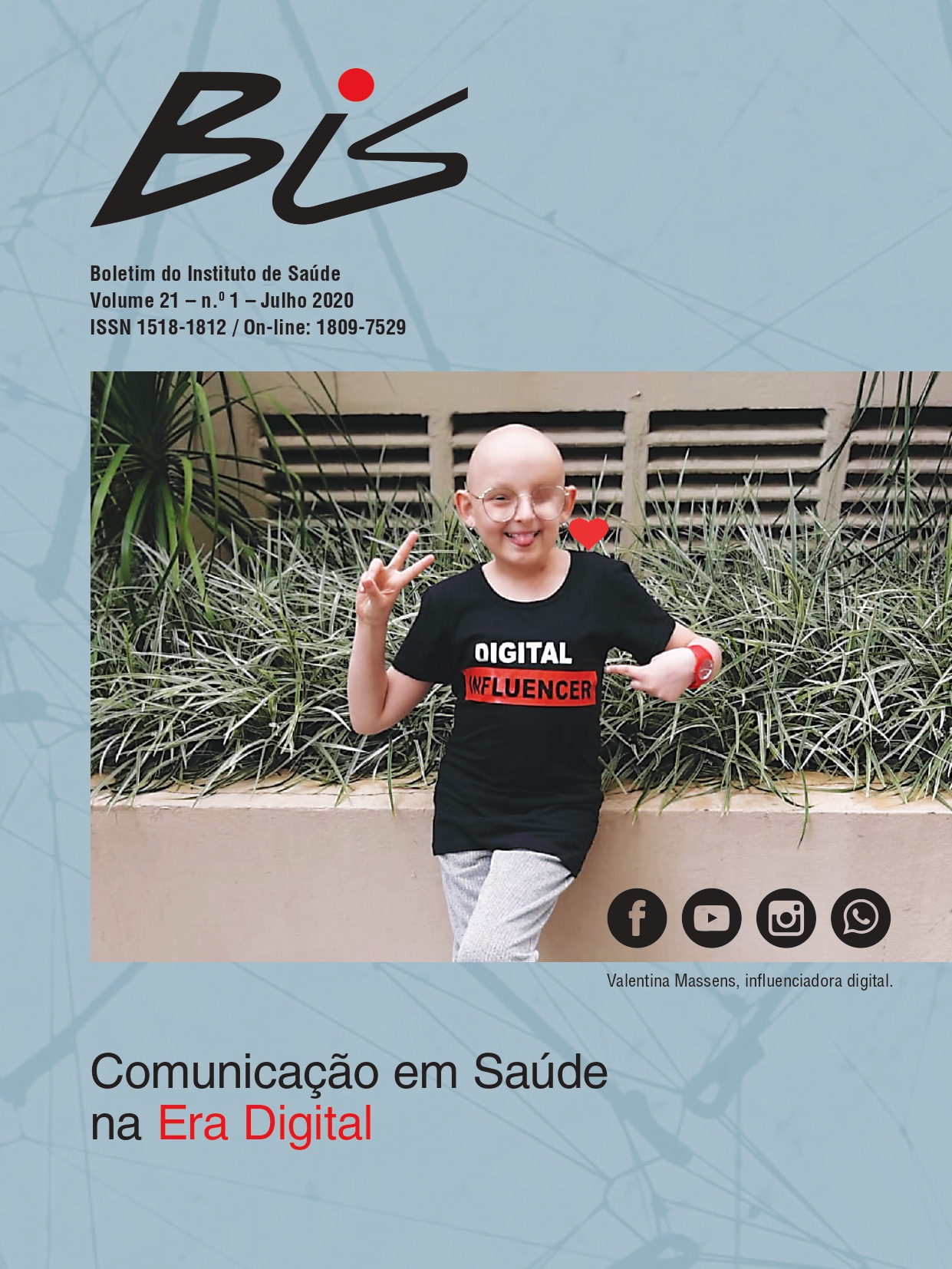Abstract
Through independent initiatives, patients present themselves in three different behavioral groups: captives, phlegmatic and activists. The activist cancer patients and their projects have an impact on other patients, throughout the health system, professionals and on the public awareness. The participation of activist patients in initiatives such as content microchannels in social media, campaigns and NGO is essential for awareness, as
long as they offer representativeness and responsibility. Patient activism is not linked to a specific profile, but to a great desire to connect with others who are experiencing similar experiences or difficulties. Patient activism can be seen as a recurring activity, volunteering and the desire to build behavioral changes. The biographies and projects of activist patients, rather than being understood as lives of sick people, break the stereotype and are transformed into a legacy, in which the patients play the leading role by sharing their experience. It is crucial to start new dialogues pertaining to the relationship between health professionals and their patients, as well as stimulate responsibility of activist patients towards their audiences.
References
02. Palacios F, Terenzzo M. O guia completo do Storytelling. Rio de Janeiro: Alta Books; 2016.
03. Gladwell M. O ponto de desequilíbrio. Rio de Janeiro: Rocco; 2002.
04. INCA. Instituto Nacional de Câncer. Tipos de Câncer: Câncer de Boca [internet]. [acesso em 11 fev 2020]. Disponível em: https://www.inca.gov.br/
tipos-de-cancer/cancer-de-boca.
05. UICC. Global Cancer Control. What is TNM. [internet]. [acesso em 11 fev 2020]. Disponível em: https://www.uicc.org/resources/tnm.
06. The Oral Cancer Foundation [internet]. [acesso em 11 fev 2020]. Disponível em: https://oralcancerfoundation.org/
07. Maior MDL. Meninas de peito [internet]. [acesso em 11 fev 2020]. Disponível em: https://www.facebook.com/groups/amigas.peito/
08. Mozzilli S. Instituto Beaba [internet]. 2020 [acesso em 11 fev 2020]. Disponível em: https://beaba.org/
09. Soares AM. PaliAtivas [internet]. 2020 [acesso em 11 fev 2020]. Disponível em: https://www.instagram.com/paliativas/.
10. Massens VL. Primeiro vídeo do meu canal [internet]. Luz, Câmera, Vavá; 2019 fev 8 [acesso em 11 fev 2020]. Vídeo: 5:16 min. Disponível em: https://www.youtube.com/channelUCSPLCNU95cKXW4-MP8kpEtg
11. IBCC. Instituto Brasileiro de Controle do Câncer. O Câncer de Mama no Alvo da Moda [internet]. 2020 [acesso em 11 fev 2020]. Disponível em: https://ibcc.org.br/SiteIbccCampanha/.
12. O Câncer de Mama no Alvo da Moda. Campanha 20 Anos O Câncer de Mama no Alvo da Moda [internet].
2020 [acesso em 11 fev 2020]. Vídeo: 6:44 min. Disponível em: https://www.youtube.com/watch?v=8gr7wo717uk.
13. Wolf N, Barcellos W. O mito da beleza. 7. ed. Rio de Janeiro: Rosa dos Tempos; 1990.
14. Instituto Beaba. Game Alpha Beat Cancer [internet]. Instituto Beaba; 2020 [acesso em 11 fev 2020]. Disponível em: https://beaba.org/game/ .
15. INCA. Instituto Nacional do Câncer. O que é o tratamento Fora de Domicílio (TFD) no Sistema Único de Saúde (SUS) [internet]. 2020 [acesso em
11 fev 2020]. Disponível em: https://www.inca.gov.br/perguntas-frequentes/o-que-e-o-tratamento-fora-domicilio-tfd-sistema-unico-saude-sus.
16. Instituto Beaba. #2: O Be-a-bá do Câncer Kids. [Internet]. Instituto Beaba; 2020 jan [acesso em 11 fev 2020]. Podcast: 37 min. Disponível em: https://open.spotify.com/episode/5tIFzeu3H52oKpWVhUzt0a.

This work is licensed under a Creative Commons Attribution 4.0 International License.
Copyright (c) 2020 Ludmilla Rossi de Oliveira
